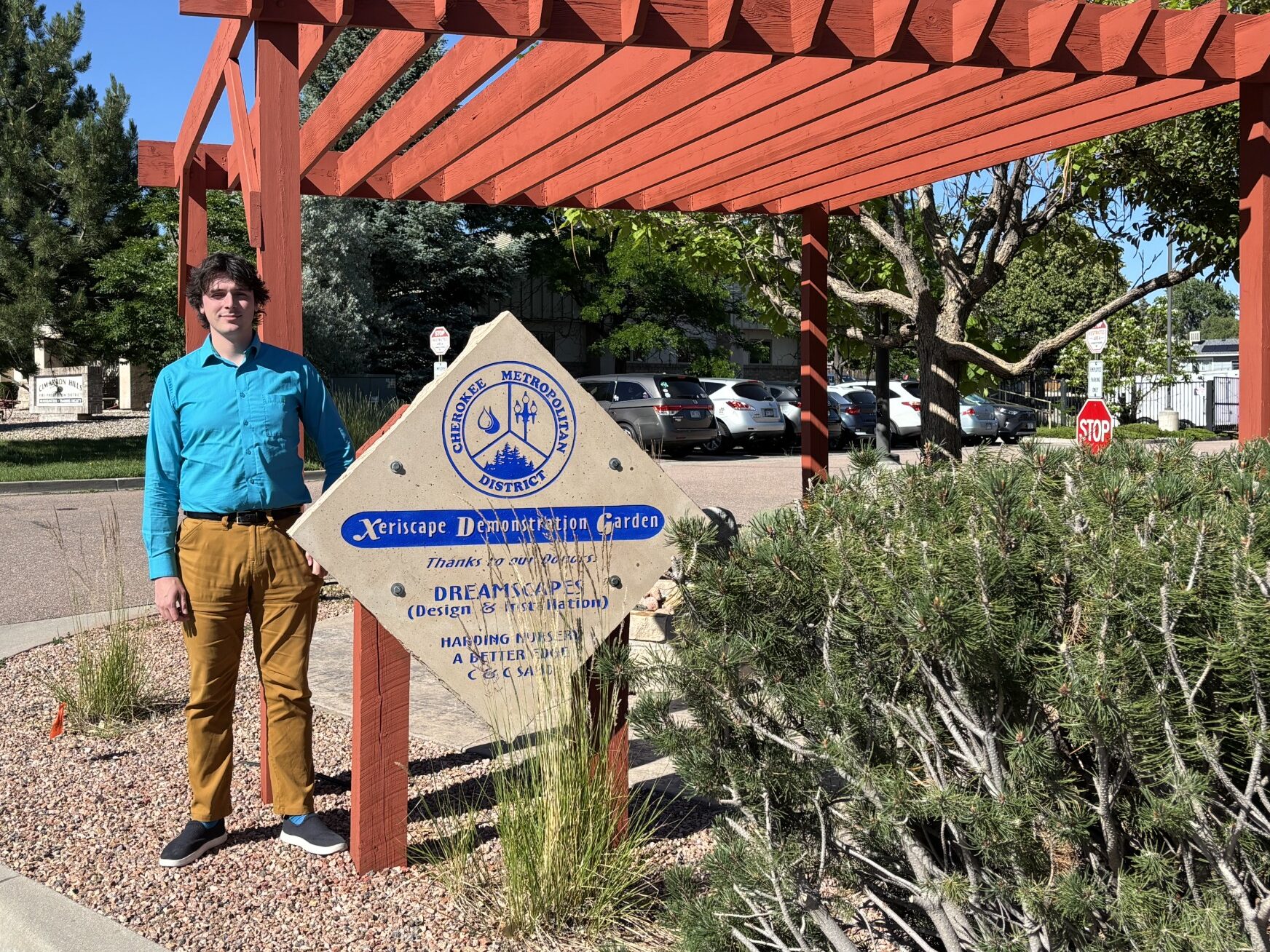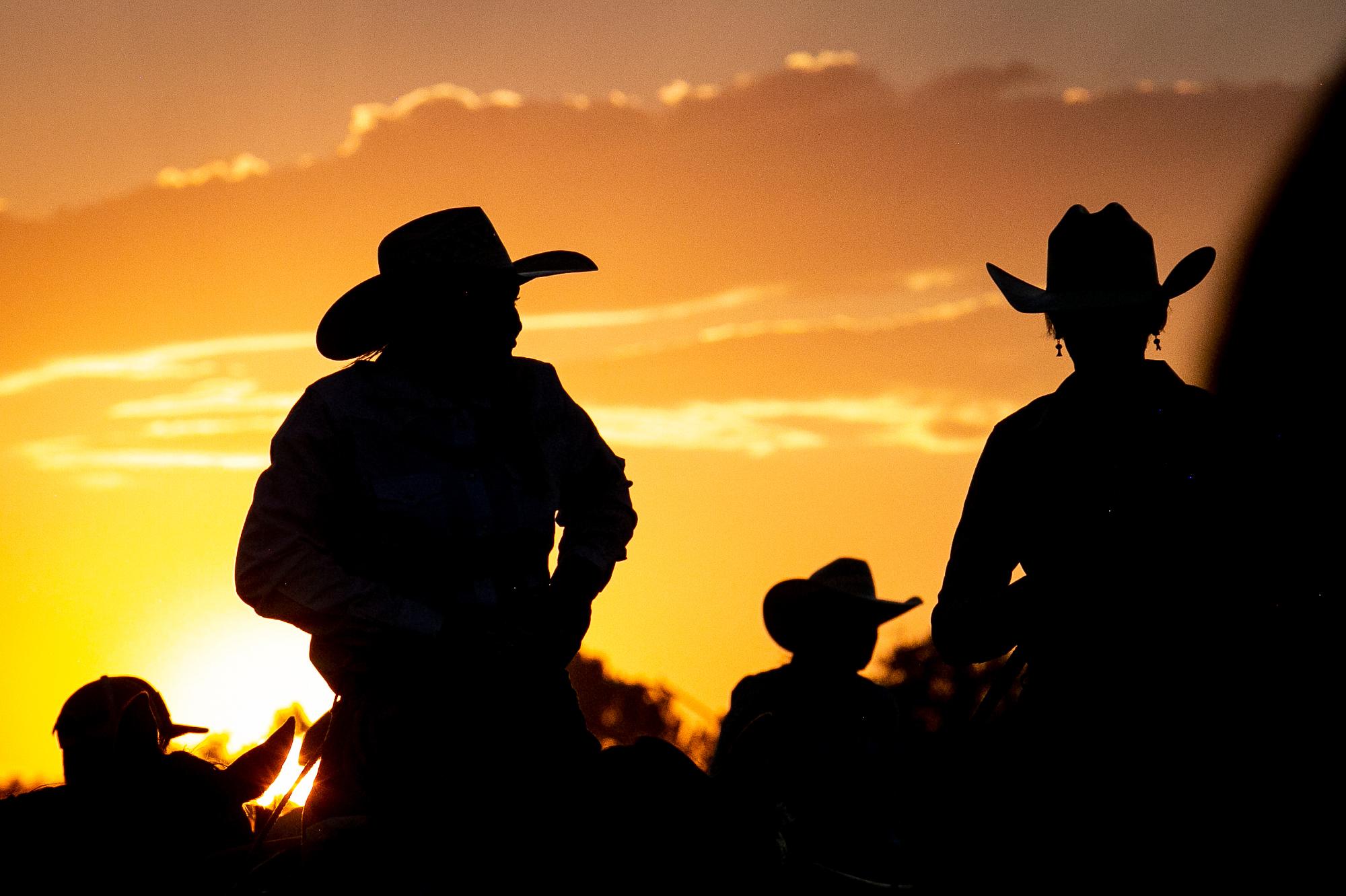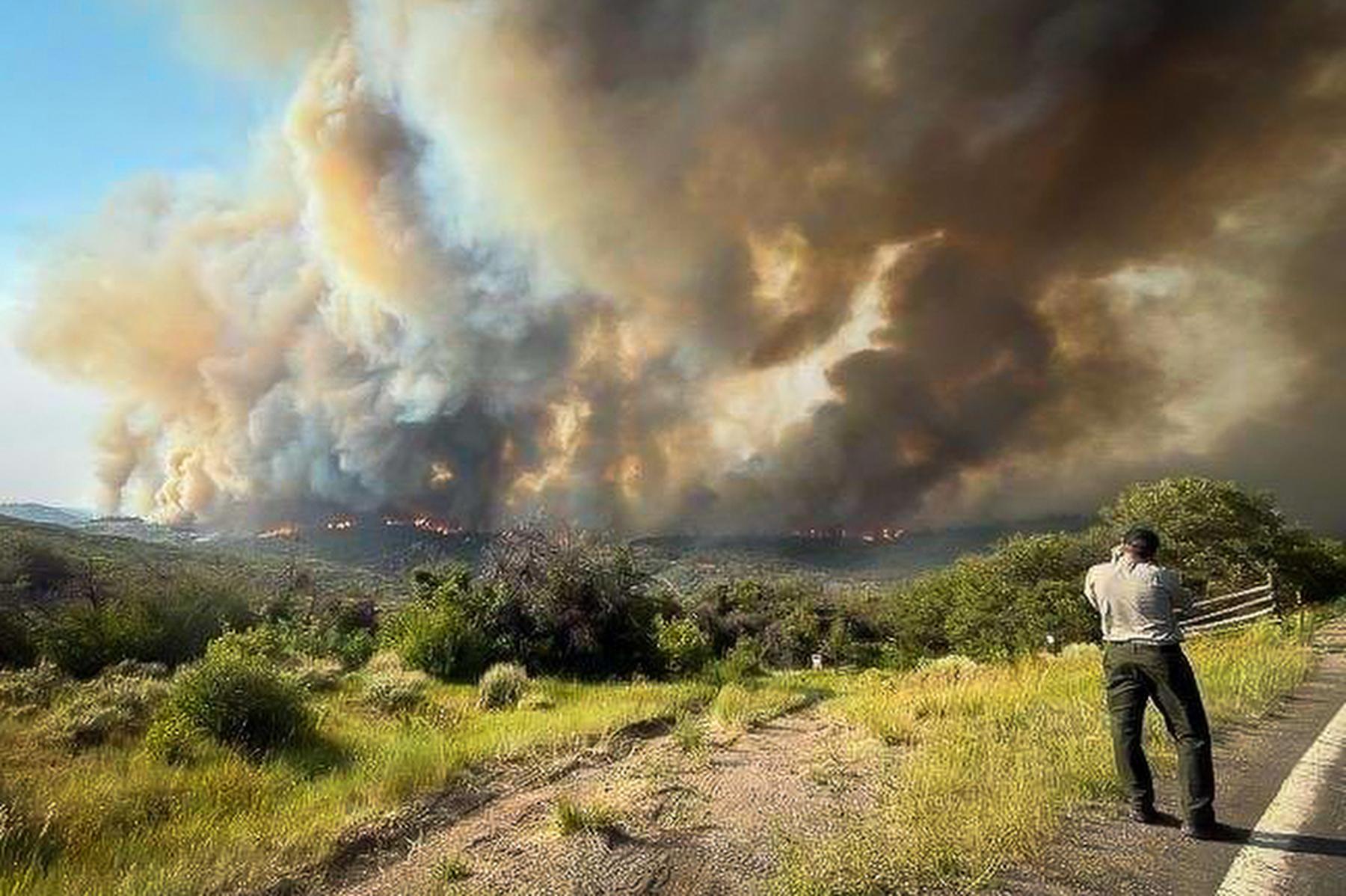
President Trump signed an executive order on Thursday that seeks to combine major wildland firefighting programs within 90 days, in an effort to streamline how the federal government approaches fires.
The Department of the Interior and the Department of Agriculture currently divide up wildland firefighting duties between agencies, including the Forest Service and the Bureau of Land Management. The order seeks to consolidate them, but doesn’t indicate which agency would eventually oversee the programs.
The president’s 2026 budget blueprint, however, references a combined agency under the DOI.
The directive also orders a new “technology roadmap” to increase local firefighting efforts by integrating artificial intelligence, directs the Environmental Protection Agency to remove barriers to prescribed burns, and directs the declassification of satellite data so it can be used to improve fire models. It also orders agencies to find new uses of “woody biomass”—like branches, twigs and dead trees—which can fuel huge blazes.
But the order does not mention climate change, which is changing weather patterns and increasing temperatures, leading to more severe and frequent wildfires.
“Firefighters across the country are forced to rely on outdated technology and face challenges in quickly responding to wildfires because of unnecessary regulation and bureaucracy,” the order states, while also sharply criticizing California’s response to the devastating 2025 Los Angeles fires.
Tyson Bertone-Riggs, co-founder of the policy group Alliance for Wildfire Resilience, said that consolidating operations could streamline cooperation between agencies.
“The devil’s in the details in the way that it’s executed,” Bertone-Riggs said. “But I think it could lead to some really positive changes.”
Bertone-Riggs said those details should ensure that state, local and tribal partners are included as equal partners and secure necessary permissions from Congress to fund some of the changes.
But others said the order could cause chaos at the start of wildfire season, just as the Trump administration has fired federal workers who monitored fires and analyzed climate data.
“If President Trump was serious about improving the nation’s wildland firefighting capabilities, he would stop hollowing out the agencies tasked with fighting wildfires and prioritize the climate and weather science that firefighters need to analyze risk,” said Aaron Weiss, deputy director of the advocacy group Center for Western Priorities, in a statement.
“This executive order is nothing more than a performative gesture that will cause chaos just as wildfire risk is ramping up in the West.”
Consolidation and cuts could be coming to the Forest Service
Steve Ellis, chair of the National Association of Forest Service Retirees and a trained wildfire responder, said he’s seen multiple attempts by both Democratic and Republican administrations to wrest the Forest Service’s firefighting programs away from the agency.
He said those efforts are concerning, given the agency’s experience dealing with “big, heavy-fuel fires” and balancing land management decisions.
“You don’t want to pull fire out of the Forest Service,” he said. “I mean, it’s integrated with every program they have.”
A 2008 Congressional Research Service report found that a separate wildfire agency might have “significant drawbacks,” because it could affect how land management is taken into consideration in fire fighting efforts. That’s because not all fires need to be put out—some fires deep in the woods are helpful for ecosystems.
Ellis said that instead of scrambling an org chart, policy changes like increased forest thinning and carefully prescribed burns in high fire-risk areas could help deal with future blazes.
“Politically, you’ll get an administration that’ll come in, and they’ll tend to meet any new situation by reorganizing,” he said. “You got to be careful that it doesn’t also create confusion, more inefficiencies and demoralization.”
Cuts by the Trump administration have already affected some firefighting staff. The Forest Service has lost around 10 percent of its workforce, many of whom are also trained to fight fires, with more cuts looming once the budget is finalized.
Firings have also rippled through the Interior and Health and Human Services departments, which laid off investigators who examine deaths among firefighters.
Despite the cuts, hiring for wildland federal firefighters is roughly on track. In early June, the Forest Service reported nearly 10,856 firefighters on its payroll, which is close to its target. But the agency said that those numbers were still not “enough capacity to meet the needs of the continuing wildfire crisis.”
While the order calls for increased cooperation between agencies, fighting blazes already entails extensive coordination between state, local and federal groups. Local firefighters, who vastly outnumber federal crews, are often first responders when fires break out.
“ The national structure for combating wildfires is a cooperative inter-agency system. It involves all levels of government: federal, state, and local,” said Stan Hilkey, executive director of Colorado’s Department of Public Safety, at a state fire-briefing on April 24.
Bertone-Riggs co-led the congressionally authorized Wildland Fire Mitigation and Management Commission, which published a report in 2023 to improve the government’s response to wildfires. He said big changes were needed to deal with increasing wildfires.
“The commission process pointed to the fact that we need radical change within the existing wildfire system,” he said. “We should be thinking about new ways of approaching these problems.”
| This story is part of a collection tracking the impacts of President Donald Trump’s second administration on the lives of everyday Coloradans. Since taking office, Trump has overhauled nearly every aspect of the federal government; journalists from CPR News, KRCC and Denverite are staying on top of what that means for you. Read more here. |








